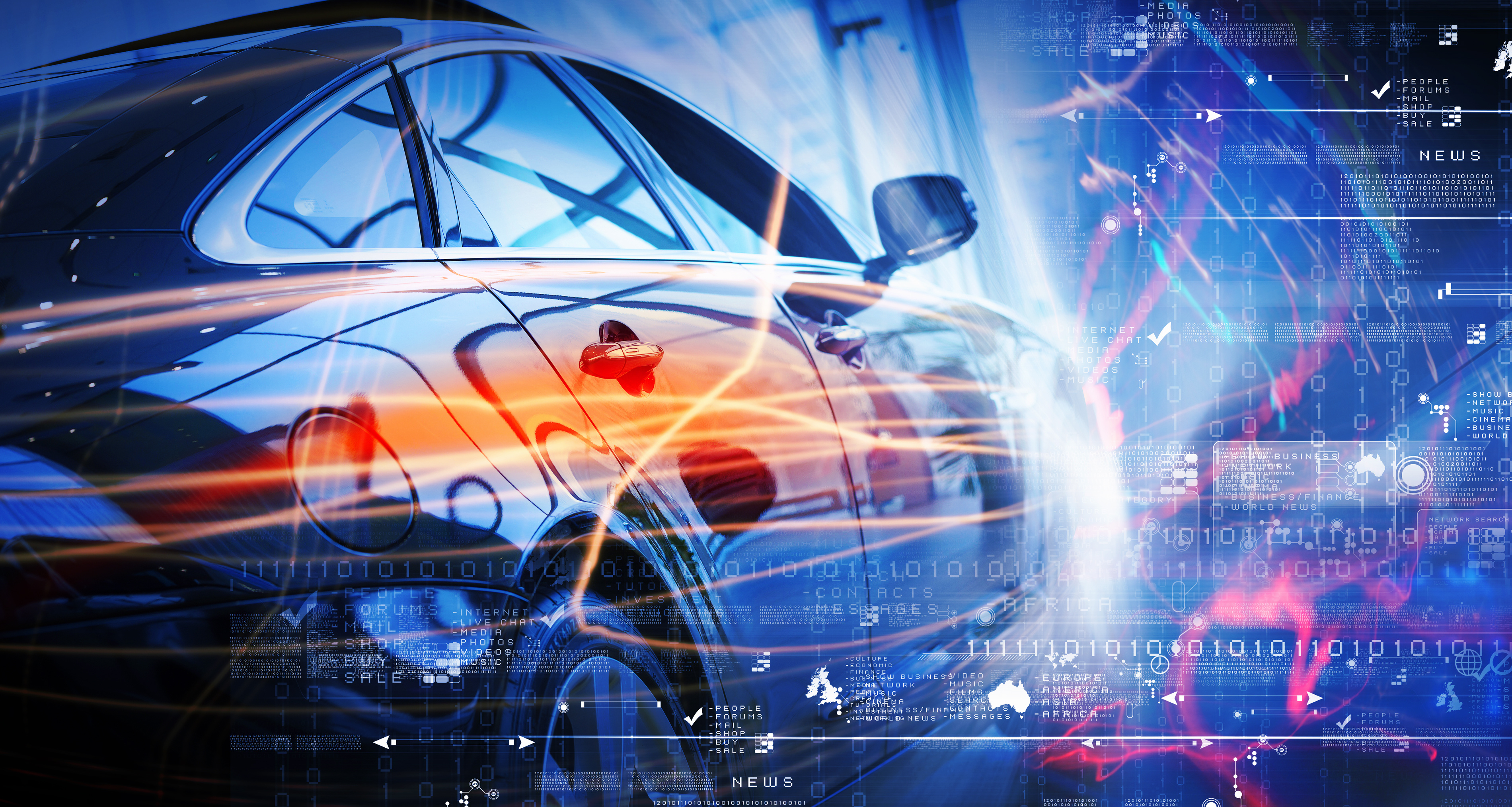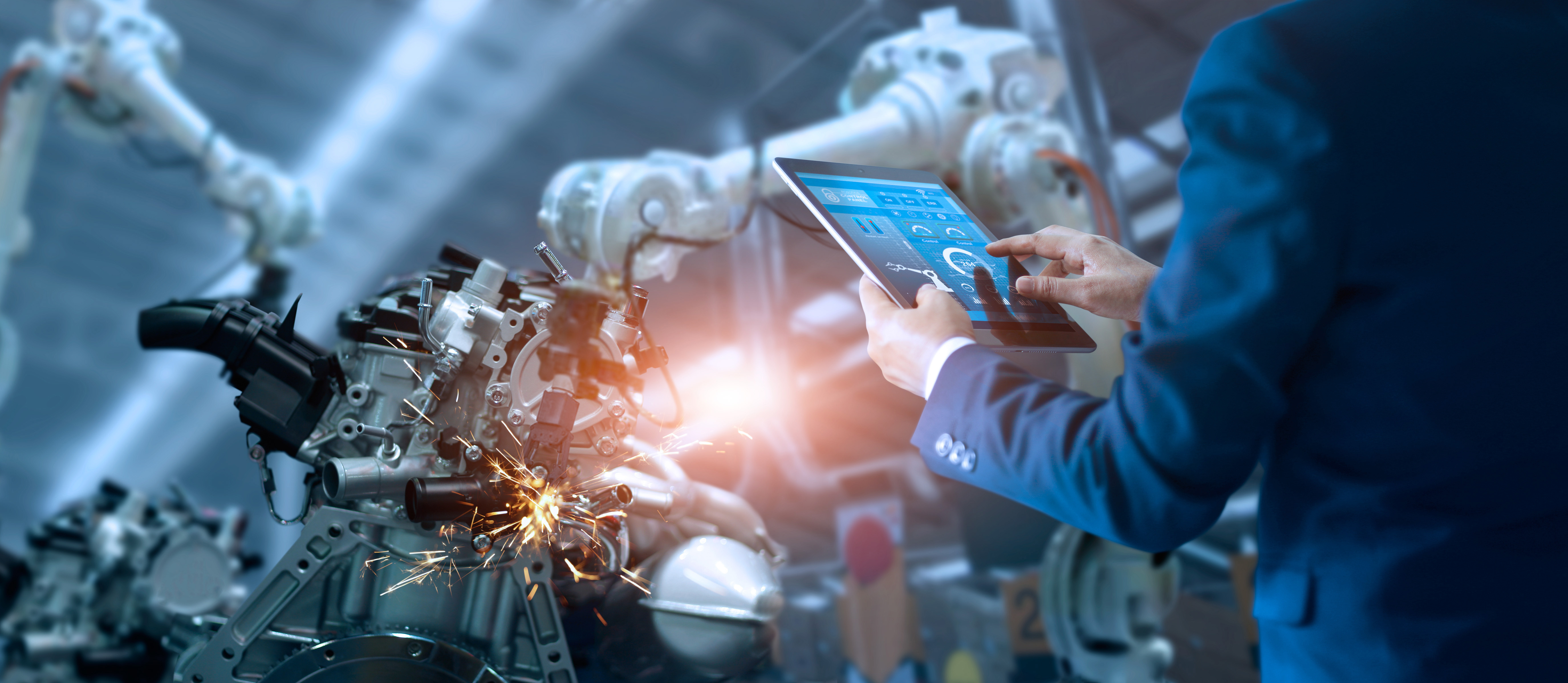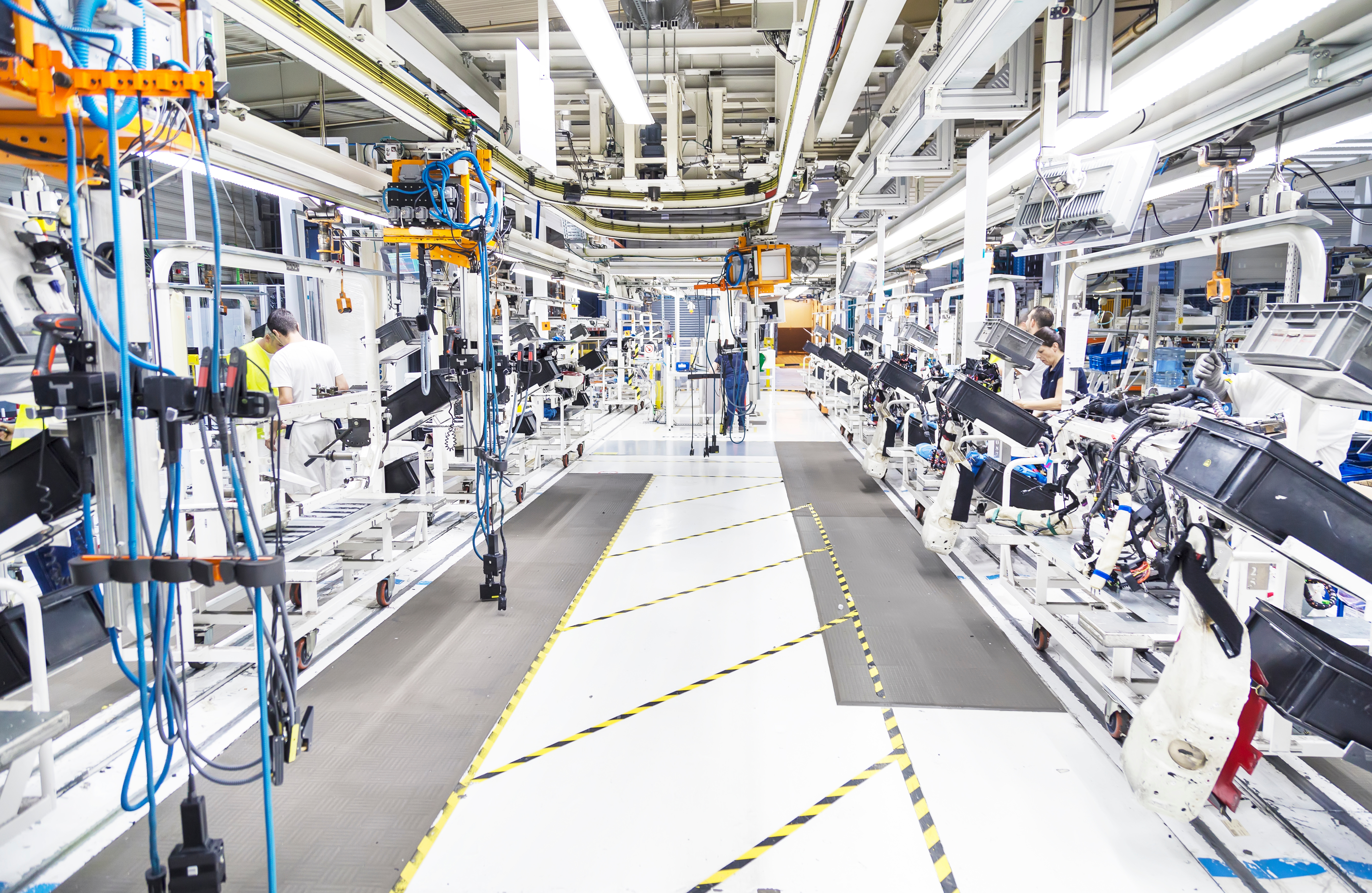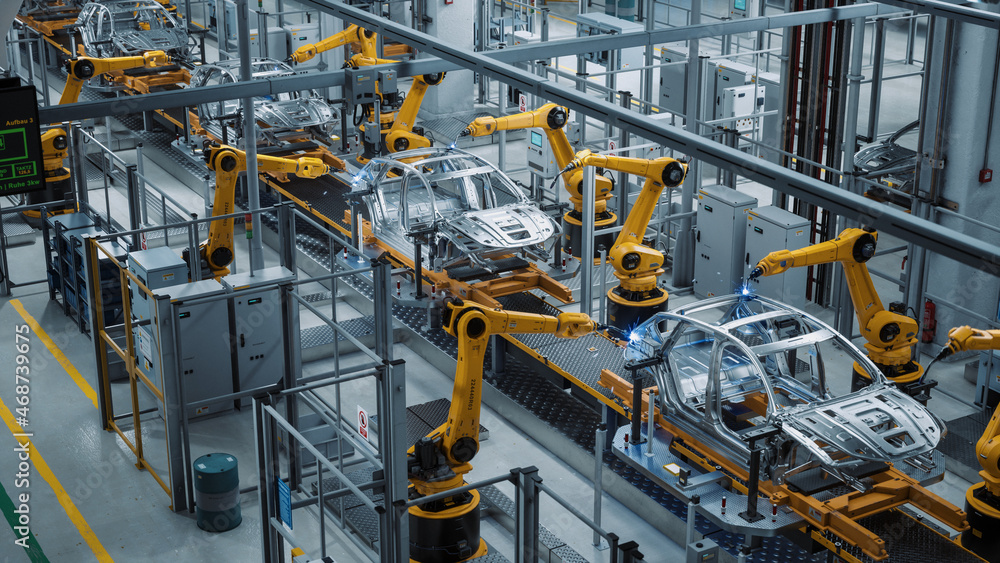In the fast-paced and highly competitive automotive industry, efficiency and precision are paramount. Automotive manufacturers continually seek ways to optimize their production processes, and Enterprise Resource Planning (ERP) integrations with automotive sequencing software have emerged as a game-changer.
Automotive sequencing software plays a crucial role in orchestrating the precise and synchronized flow of components and materials on the production line. It ensures that parts are delivered in the right sequence to the OEM assembly line, minimizing delays and preventing bottlenecks. This level of coordination is essential for just-insequence/just-in-time manufacturing, a methodology widely adopted in the automotive industry to reduce inventory carrying costs and enhance responsiveness to market demand.
Before the integration of ERP with automotive sequencing software, manufacturers faced challenges in managing the complexity of their production processes. Siloed information, manual data entry and disparate systems often led to errors, inefficiencies and delays in the supply chain. Traditional methods of production planning and execution were unable to keep pace with the dynamic and interconnected nature of modern automotive manufacturing.
ERP integration acts as a catalyst for synergy in automotive production. By connecting various departments, including manufacturing, supply chain, finance and human resources, ERP systems provide a holistic view of the entire enterprise. When seamlessly integrated with automotive sequencing software, ERP solutions empower manufacturers with real-time insights, data-driven decision-making, and enhanced collaboration.
One of the key benefits of ERP integrations in automotive sequencing is the ability to gain real-time visibility into the entire production process. Manufacturers can track the movement of components and materials across the supply chain, from supplier to production line, ensuring that each component arrives precisely when needed. This level of visibility minimizes the risk of production disruptions, enabling companies to meet tight production schedules and customer demands.
Manual data entry is prone to errors, leading to inaccuracies in production planning and execution. ERP integrations automate data capture and transfer, reducing the likelihood of human errors. This automation not only enhances the accuracy of sequencing but also significantly improves the overall efficiency of the production process. Manufacturers can rely on precise and up-to-date information to make informed decisions, optimize inventory levels, and streamline operations.
Traditionally, different departments within an automotive manufacturing company operated in silos, with limited communication and collaboration. ERP integrations break down these barriers by providing a centralized platform where information is shared seamlessly across departments. This improved collaboration ensures that everyone involved in the production process has access to the same accurate and real-time data, fostering better communication and alignment of goals.
ERP integrations contribute to cost reduction in various ways. By minimizing production delays and optimizing inventory levels, manufacturers can reduce carrying costs associated with excess inventory. Improved accuracy in production planning and execution also helps in avoiding costly mistakes and rework. Furthermore, streamlined processes lead to operational efficiencies, reducing labor costs and enhancing overall cost-effectiveness in automotive manufacturing.
Data provided by these integrations offer real-time visibility, improved accuracy, enhanced collaboration and sustainable operations. As the automotive sector continues to embrace digital transformation, the integration of ERP with sequencing software stands out as a strategic investment that not only addresses current challenges but also positions manufacturers for future success.









